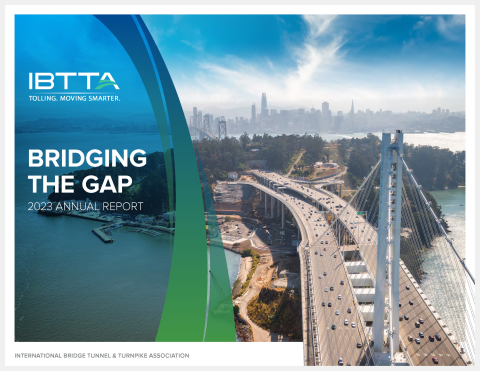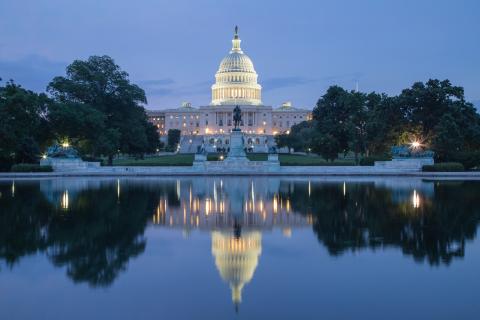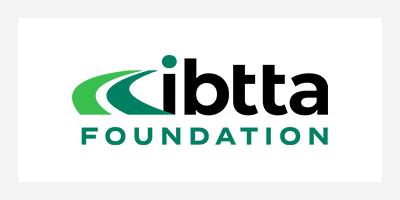- Home
- IBTTA Insights
- Lost Highway Revenues Point to Central Role for Tolling
Stories
Lost Highway Revenues Point to Central Role for Tolling


With the Coronavirus shutdown jeopardizing highway maintenance and reconstruction projects from Columbus, Ohio to Bend, Oregon, a news report this week in USA Today drives home the message that all surface transportation funding is local—and tolls are a reliable way to keep capacity in operation, even in the most dire of unforeseen circumstances.
The story focuses on the large number and wide variety of projects that have been put on hold during the pandemic, with officials projecting a halt to urgently-needed road and bridge construction for the next 18 months. But it also reflects the mix of public and private dollars that will be needed to get America moving again once it’s safe to gradually, carefully lift restrictions on workplaces and public gatherings.
Although the last round of federal stimulus spending left out state, local and county governments, the American Association of State Highway and Transportation Officials has asked the U.S. Congress for $50 billion to cover operating and construction costs over the next 18 months, USA Today says, while IBTTA projected $9.2 billion in lost revenues over the next year. IBTTA Executive Director and CEO Patrick Jones made it clear that toll operators will continue delivering mobility in the public interest.
“I think everyone is thinking about infrastructure as part of the next phase," and “we are hopeful that there will be some type of assistance,” Jones said. But ultimately, “the day-to-day operation is going to happen,” even if an absence of federal assistance forces agencies to postpone major projects.
The Local Face of Transportation
USA Today captures the urgency of the situation by surveying the state and local governments that are bearing the brunt of a massive, unforeseen, unforeseeable drop in transportation revenues.
North Carolina is postponing 100 projects worth $2.2 billion over the next year, after projecting $300 million in lost income through June 30. “This loss of revenue will require significant reductions in expenditures,” said Transportation Secretary Eric Boyette. “Modeling indicates it will take months to bring suspended projects back.”
An interstate highway project in downtown Columbus, Ohio had to be postponed a year due to failing gas tax revenue.
Missouri put a hold on $40 million worth of projects—and the jobs and economic spin-offs they would have delivered—that were slated to begin this month.
In the San Francisco Bay area, officials from nine counties postponed a long-awaited referendum that would have raised $1 billion in sales tax revenue over 40 years to better coordinate rail, bus, and ferry services that are now split across 27 agencies. The referendum is off until 2022.
And in Bend, Oregon, the city council postponed a referendum on a $190-million bond issue to improve roads, sidewalks and transit. “This is a really difficult decision,” said Mayor Sally Russell. “We don't know how long this COVID-19 pandemic is going to last."
Matt Chase, executive director of the National Association of Counties, summed up the carnage. “Our gas taxes have essentially stopped in the last six weeks,” he told USA Today. “How are we going to repair our roads and bridges?”
A Toolbox of Funding Options
The answer to Chase’ question, of course, is that it’s never been more important for states and counties to be able to depend on a full toolbox of highway funding and financing options.
USA Today lists several tolling agencies that are coping with sharply reduced volume and revenue, and cites IBTTA’s calculation that tolls have fallen 50 to 90% across the industry. But at the same time, the last few weeks have seen a rising tide of information and analysis on the opportunity to “build back better” once the pandemic eases. It’s far too soon to say exactly what the transportation system, or the economy as a whole, will look like post-pandemic. But two things are certain.
The need for safe, reliable surface transportation won’t disappear.
And whatever mix of modes and services we end up with, the infrastructure will have to be paid for.
Which is why Pat Jones’ simple, basic, courageous assertion that “the day-to-day operation is going to happen” is the most important moment of hope in USA Today’s coverage this week. It delivers the message we all need to hear—that we’re going to get through this together, and the services and infrastructure we count on will be there for us during and after the crisis.

Joining IBTTA connects you to a global community of transportation professionals, offering unmatched opportunities for networking, knowledge-sharing, and collaborative innovation in the tolling and transportation sector.
Follow IBTTA on social media for real-time updates on transportation trends and collaborative opportunities.





